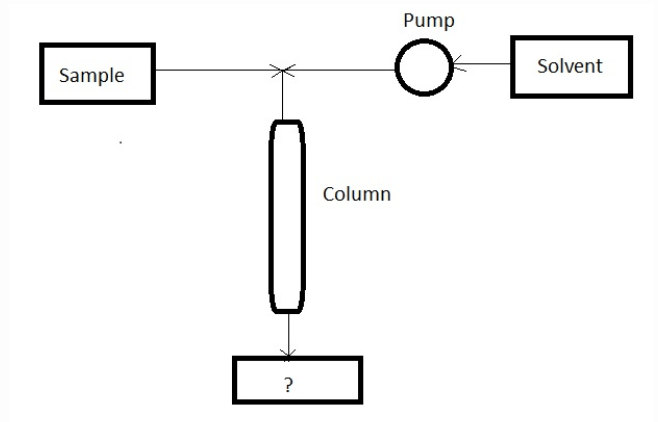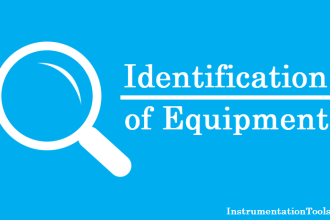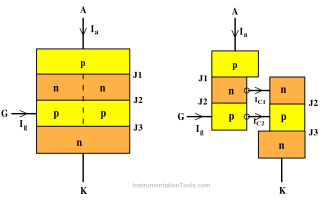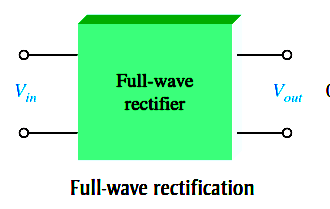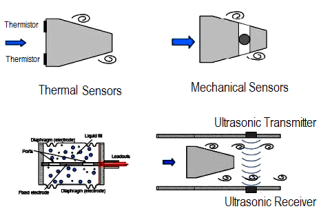Operation of Chromatography Questions & Answers
1. Which of the following steps takes place after injection of feed in Column chromatography?
a) Detection of components
b) Separation in column
c) Elution from the column
d) Collection of eluted component
Answer: b
Explanation: The operation that occurs after the injection of feed is a separation in the column. After that, elution from the column and detection of components takes place.
2. Components with the strong attraction to the support move more slowly than components with weak attraction.
a) True
b) False
Answer: a
Explanation: Different components will adsorb to the stationary phase in varying degrees. Components with the strong attraction to the support move more slowly than components with weak attraction.
3. What happens during the ‘elution from the column’ phase chromatography?
a) Components with the greatest affinity elute first
b) Components with least affinity elute first
c) Components elute in a random manner
d) Components elute according to their concentration in the mixture
Answer: b
Explanation: During the elution phase, different components elute at different times. Components with least affinity elute first.
4. In chromatogram, the position of peaks on the time axis can be used to determine which of the following?
a) Components of sample
b) Amount of component in sample
c) Column efficiency
d) Column resolution
Answer: a
Explanation: Chromatogram is a detector that responds to concentration solute and is placed at the end of the column. The position of peaks on the time axis can be used to determine components of the sample.
5. In chromatogram, the area under the peak can be used to determine which of the following?
a) Components of sample
b) Amount of component in sample
c) Column efficiency
d) Column resolution
Answer: b
Explanation: Chromatogram is a detector that responds to concentration solute and is placed at the end of the column. The area under the peak can be used to determine an amount of component in the sample.
6. The stationary phase could be a viscous liquid coated over a surface of solid particles.
a) True
b) False
Answer: a
Explanation: The stationary phase could be a viscous liquid coated over a surface of solid particles. The solid particles can also be the stationary phase.
7. Given below is a diagram of separation of two components of a mixture in a chromatographic column. From the diagram, infer which component has a lesser affinity to the stationary phase.
a) W
b) X
c) Y
d) Z
Answer: c
Explanation: Y will elute from the column first. Components with least affinity to the stationary phase will elute first.
8. Using Chromatogram as detector in Chromatography, a graph is obtained between ____________ and time.
a) Quantity
b) Density
c) Concentration
d) Specific gravity
Answer: c
Explanation: Using Chromatogram as a detector in Chromatography, a graph is obtained between concentration and time. The detector is placed at the bottom of the column.
9. In older analytical methods, which of the following methods were used to allow movement of mobile phase?
a) Pumps
b) Pressure
c) Gravity
d) Blowing air into the column
Answer: c
Explanation: In older analytical methods, gravity facilitated the movement of the mobile phase. The effect of capillary action was also employed to allow movement.
10. Given below is the diagram of ‘Process of chromatographic column’. Identify the unmarked component in the process.
a) Reservoir
b) Collection tank
c) Microprocessor
d) Detector
Answer: d
Explanation: The unmarked component is the detector. It is placed at the bottom of the column. It responds to solute concentration.

